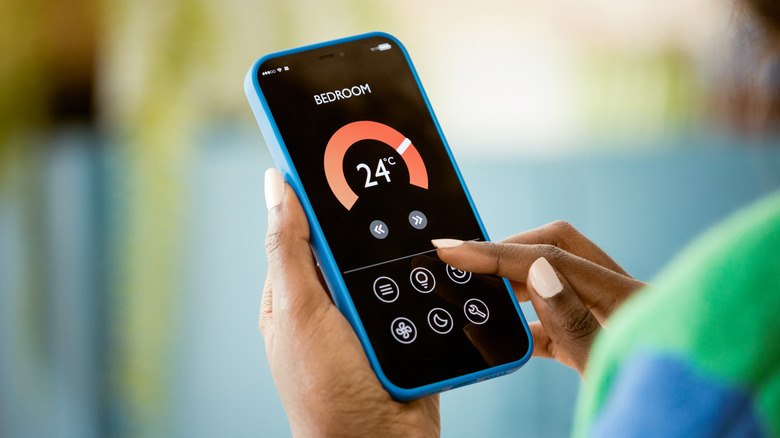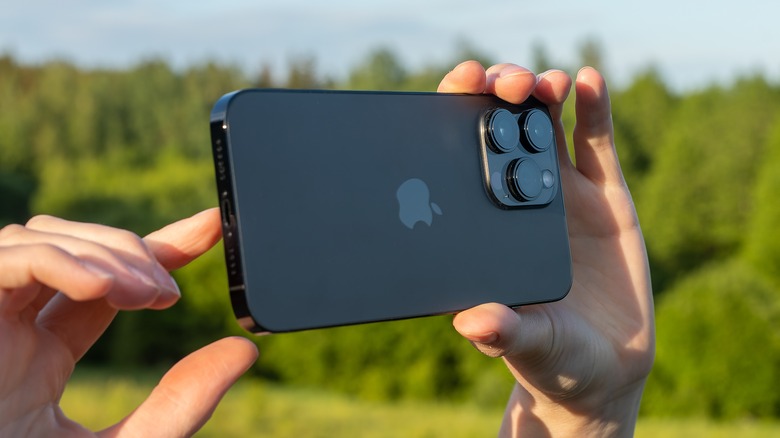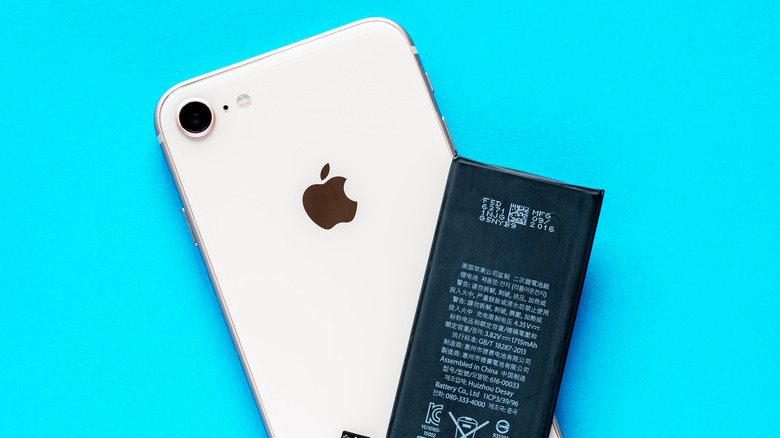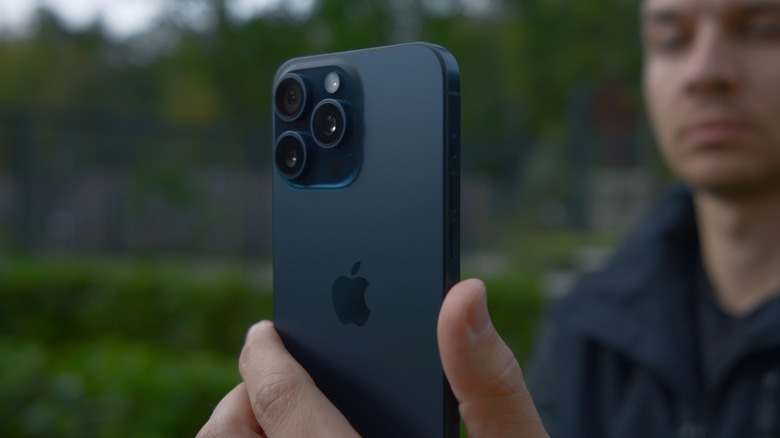How To Maximize Your iPhone's Battery Life
One of the biggest considerations that an average buyer keeps in mind is the battery situation on a smartphone. Over the past decade, research from the likes of JD Power (PDF), Statista, AYTM Market Research, and Counterpoint Research has established that battery life and charging tech are of critical importance in guiding purchase decisions. However, the story doesn't end there. Smartphone batteries are a vat of chemicals that rely on electricity for charge-discharge cycles to power your phone, and they slowly lose their mojo over time due to ionic degradation.
Not all of it is in our control. However, there are certain measures the average smartphone user can take to at least slow down the process of chemical degradation and increase the functional longevity of these batteries. Thankfully, iPhones now come with systems that not only offer users a detailed look at the health of their smartphone's battery, but also a few controls to slow down the battery aging process.
"The first 3 things anybody worried about battery life should do is check their battery health. Turn on 'low battery mode' and make sure that optimized battery charging is turned on," suggests technology content creator Abraham van Duijvenvoorde. Optimized charging, in particular, is a feature Apple introduced with iOS 13 that delays charging once the battery level has reached 80% level. This is done to make sure that the battery doesn't have to go through the rigors of a full charge-discharge cycle and that its lifespan can be prolonged.
What works and what doesn't?
With the introduction of the iPhone 15 series, Apple further built up on the optimized charging tech that limits the charging to 80% of the battery capacity. The entire system comes to life courtesy of on-device machine learning algorithms that learn from a person's smartphone usage habits. Charging patterns and temperature levels are the two most crucial factors that dictate how long the battery inside your iPhone will be good for regular usage based on its charge retention capacity.
So, the first natural step seems to be reducing the stress on the battery so that you don't have to run frequently for the charging port. One would think that killing the background processes would be of some help, but that may not be an effective solution, as benevolent as it seems. "The biggest myth surrounding battery life is that you can save battery life by closing the apps in the app switcher. Apple does an extremely good job at freezing these apps and having to turn them back on from scratch actually costs more battery life," van Duijvenvoorde explains.
While that myth about background tasks has been debunked, there's still a lot of science that goes into making batteries, especially in the wake of recent developments such as increasing charge density and ultra-fast wired charging. The latter is crucial to the whole battery cycle debate — and ultimately, the longevity aspect — because fast charging adapters now allow the tank to fill at a much quicker pace. Apple is still not quite there yet, but has still made progress.
A conundrum beyond our control
"A normal battery is designed to retain up to 80% of its original capacity at 500 complete charge cycles when operating under normal conditions," says Apple. The battery section within the Settings app of your iPhone will tell you about the battery capacity. If the percentage figures are above 80%, your iPhone will work as usual. It usually takes two or three years of usage for the battery capacity to reach that level.
Anything below that means you will have to make a run for the charger mid-way through the day. In extreme cases where the battery is not in the shape to last a full day, you'll run into issues like slow launch for apps, reduced frame rates, dimmer display backlight, frame drops in apps, slightly reduced speaker output, and aggressive background app refresh.
That's a sign you might need a battery replacement, and not necessarily buy a new phone. "I would say that it would be worth it to replace your battery when you are planning to use your iPhone for at least another year and have to charge it at least twice a day," concurs van Duijvenvoorde. There's another factor that is beyond an average iPhone user's control. Research published in the Progress in Natural Science: Materials International and Batteries (2020) journals notes that external temperature plays a key role in battery life, in an inverse as well as direction fashion.
Readying your iPhone's battery for the summer
The world is heating up on an irreversible climate change route in many areas. In the global south, temperatures in many densely populated hotspots reached record-high levels. I have also grown used to overheating warnings on my own iPhone. The heating problem will be more pronounced on phones with low-quality and inadequate thermal management hardware, such as vapor chambers or graphite sheets for heat dissipation. So, what can be done in that scenario?
The easiest route is to keep your phone in a cool space. If that is not feasible, there are a few other passive solutions like not using an iPhone under direct sunlight (especially for demanding tasks like hi-res video capture or playing games), and reducing the brightness, if possible. Taking off the protective case might also help the phone dissipate heat from its shell at a quicker pace.
But if you work in a hazard-prone place and taking the case off is not a sane choice, invest in a case with plenty of inlets for air passage, a thermal pouch, or even a cooling fan that latches on to the phone's rear shell. There are some protective cases out there that employ a layer of hydrogel to help keep the phone cool. A few brands, like Razer, are also selling fans that rely on the MagSafe hardware inside the iPhone, relieving users from the hassle of dealing with extra wires.



